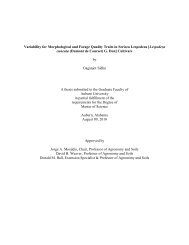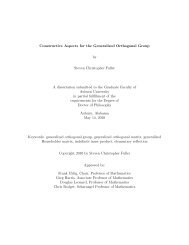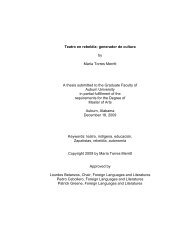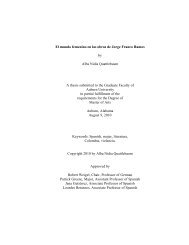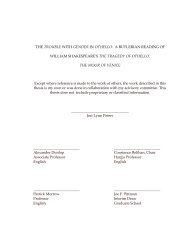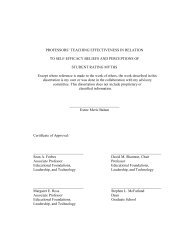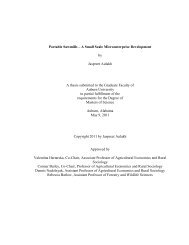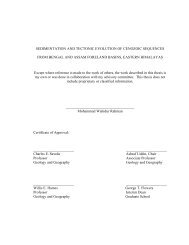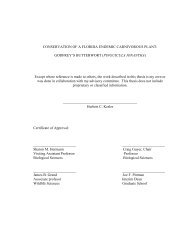Enhanced Polymer Passivation Layer for Wafer Level Chip Scale ...
Enhanced Polymer Passivation Layer for Wafer Level Chip Scale ...
Enhanced Polymer Passivation Layer for Wafer Level Chip Scale ...
Create successful ePaper yourself
Turn your PDF publications into a flip-book with our unique Google optimized e-Paper software.
leading to the solder joint failure. This stress effect is pronounced in the large area application on<br />
the whole wafer [15]. Since the early 1960’s, ceramic substrate materials have been assembled<br />
into the electronic packaging industries. The introduction of well dispersed low CTE ceramic<br />
fillers into a polymer matrix has been demonstrated to be extremely effective to reduce the CTE,<br />
increase the elastic modulus, and there<strong>for</strong>e improve the per<strong>for</strong>mance of the polymer. The higher<br />
the amount of fillers content that can be added into the polymer, the lower is the CTE of the<br />
polymer composites [16]. Due to the high Si-O bond energy, the low CTE SiO2 (silica) filled<br />
composite materials have been widely used to reduce the CTE of epoxy and improve the<br />
mechanical properties [17]. Figure 1.5 shows the schematic illustration of polymer coated<br />
ceramic filler. Here the filler particle is assumed in the round shape.<br />
Figure 1.5 <strong>Polymer</strong> coated ceramic filler particle<br />
In recent years, a number of investigations have demonstrated the feasibility of photo-<br />
polymerization <strong>for</strong> curing thick polymers and their composites. These polymers can be<br />
categorized into two types, depending on whether the polymerization proceeds by a radical-type<br />
or cationic-type reaction. The first type is based on the acrylate or vinyl compounds initiated by<br />
the free radical, while the second one is based on the photo-initiated cationic polymerization.<br />
Due to the high reactivity, radical-type systems are by far the most widely studied and used in<br />
today’s photo curing application [18-20]. Be<strong>for</strong>e the study conducted by Dr. C.P. Wong’s group<br />
at Georgia Tech [21], there are only a few reports in the photo-polymerization of silica/epoxy<br />
7





